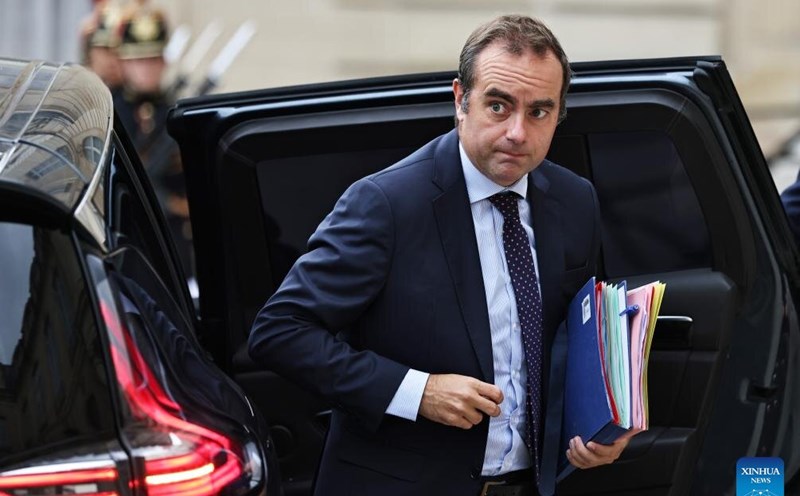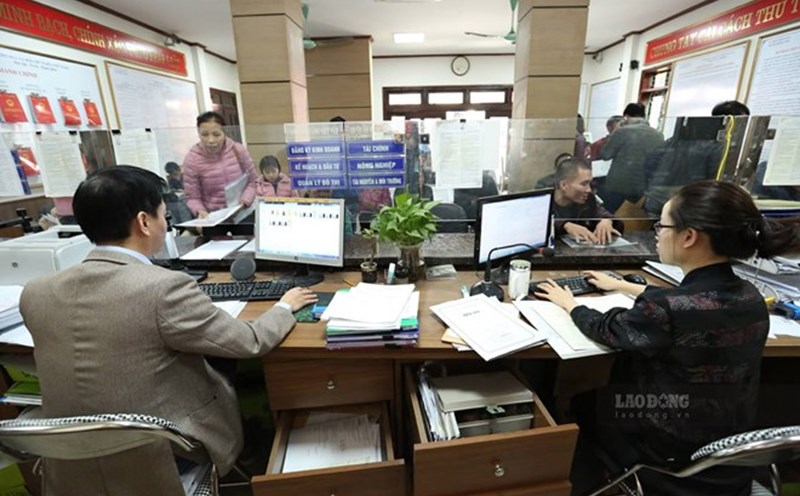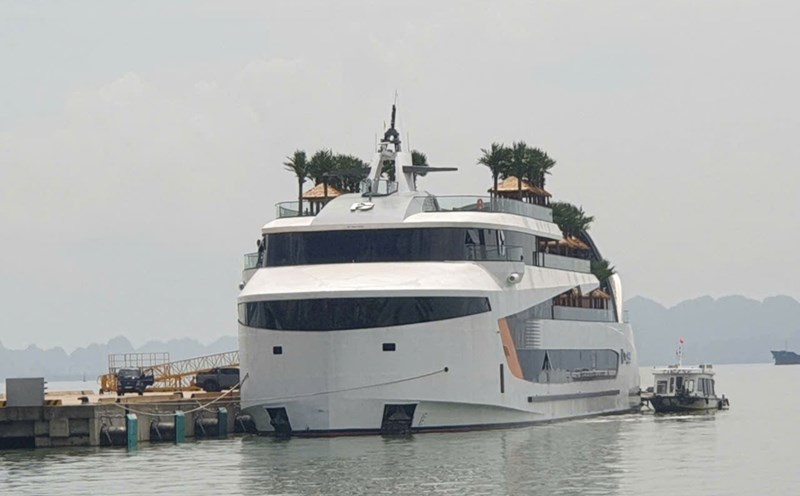The Russian Space Agency (Roscosmos) announced on October 12 that it had successfully completed the ground test of the first thrust layer on the Soyuz-5 rocket model at a training ground in Moscow.
This is considered an important milestone in the development of Russia's new generation of push-ups missiles, expected to completely replace the proton and Zenit lines after more than half a century of service.
According to Roscosmos, the Soyuz-5 is a medium-range two-stroke missile capable of carrying a payload of up to 17 tons, significantly higher than previous models.
During the testing phase, the agency released a video recording the red spark of the first thrust layer, demonstrating the stable engine burning process for 160 seconds.
The most impressive highlight of the Soyuz-5 is the RD-171MV engine, called Tsar-engine by Russian engineers thanks to its maximum thrust of up to 800 tons - the strongest level in the world today.
With the same capacity as a large power plant, RD-171MV is designed to operate stably, save fuel and have high recyclability, significantly reducing the cost of satellite launch.
Roscosmos said that recent tests have fully assessed the interaction between the first thrust layer and the new engine.
The test results allow us to begin the flight design and field testing phase of the Soyuz 5, the agencys statement said.
According to the plan, the first test launch of Soyuz-5 will take place in December 2025 at Baikonur Cosmodrome (Kazakhstan), within the framework of the Baiterek project - a space cooperation program between Russia and Kazakhstan.
The initial goal was to put unmanned aerial vehicles in low-altitude Earth orbit, before expanding to other scientific and commercial missions.
The birth of the Soyuz-5 is seen as a strategic step to help Russia gain complete autonomy in rocket technology, especially in the context of the old proton program about to be eliminated and many countries are racing to develop new generation launch systems.
Previously, Roscosmos Director Dmitry Bakanov revealed an ambitious plan: Russia plans to build and launch 1,000 spacecraft and 300 rocket launch vehicles within the next 10 years, double the current launch rate. The project is expected to return Russia to its pioneering position in the space sector, with an average of 30 launches per year.











